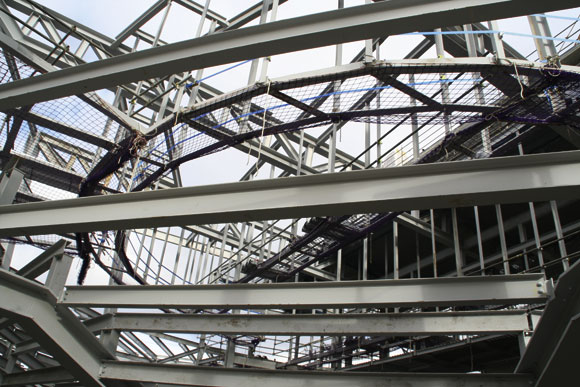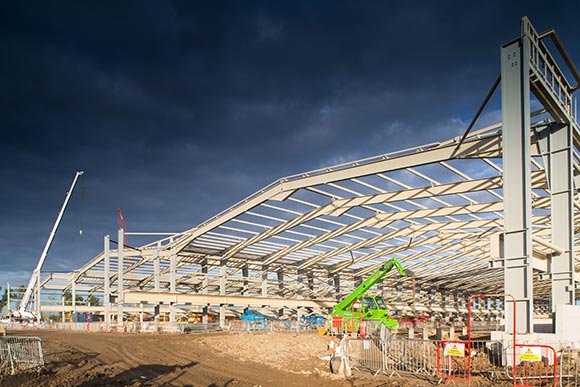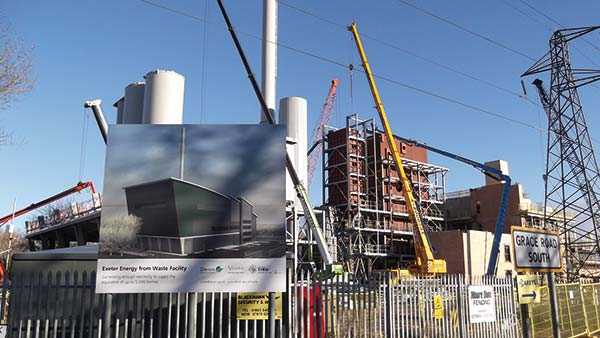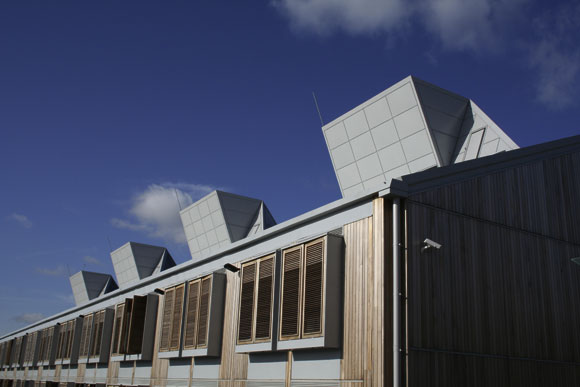Technical
The case for steel – Introduction
Over the past year NSC has carried articles detailing the main benefits for designing and building in steel in the Case for Steel series. Over the next few pages we summarise the main messages of the Case for Steel, the reasons why steel enjoys the confidence and support of the UK design community to such an extent that 97% of single storey industrial buildings and over 70% of multi storey buildings are steel framed.
The cost and sustainability advantages of steel are perhaps the most widely recognised, including cheaper up front cost as well as lower life cycle costs. But there are many more benefits, some delivered immediately the decision is made to frame a building or build any other structure in steel, and others that arise throughout the life of a building.
From the earliest stages of project planning technical support is provided free of charge by the steel sector, helping to inform design decisions. Construction programmes are faster and project pay back periods are earlier because of the speed with which steel buildings are safely and accurately erected, allowing the earliest possible start on site.
Steel construction is inherently safer than alternatives as most of the work is carried out offsite in factory-controlled conditions. On site work is by small, well-trained specialist erection teams, rather than the multiple trades needed for concrete construction.
Advanced steel fabrication technology allows architects fuller freedom of expression, as is evidenced by the dramatic and iconic structures being built in steel today. Curving and shaping means that innovative designs that were once thought impossible are now routinely realised. Structural engineers value the inherent strength of steel, taking full advantage of its high strength to weight ratio in their cost effective designs, providing light and airy, column free spaces.
Steel-framed buildings retain their attractive and modern appearance for longer than those built from other materials, which makes steel a popular choice for corporate headquarters and other prestigious buildings. They easily retain their up to date look and feel, making them more attractive places in which to work.
Steel-framed buildings are easily adapted for changing uses, which is crucial in sectors such as healthcare, education and commercial, and can be easily extended horizontally and vertically, avoiding costly and environmentally harmful demolition and redevelopment.
Even when a steel-framed building has reached the end of its useful life – which will have been prolonged by using steel – it delivers value through being recycled. Steel is the most recycled material in the world; it is multicycled and old steel becomes new steel without any loss of properties or performance.
The Case for Steel rests on its ability to provide satisfaction to building and other structure owners, developers, designers and builders. As readers of our series will agree, the case for steel is proven.














